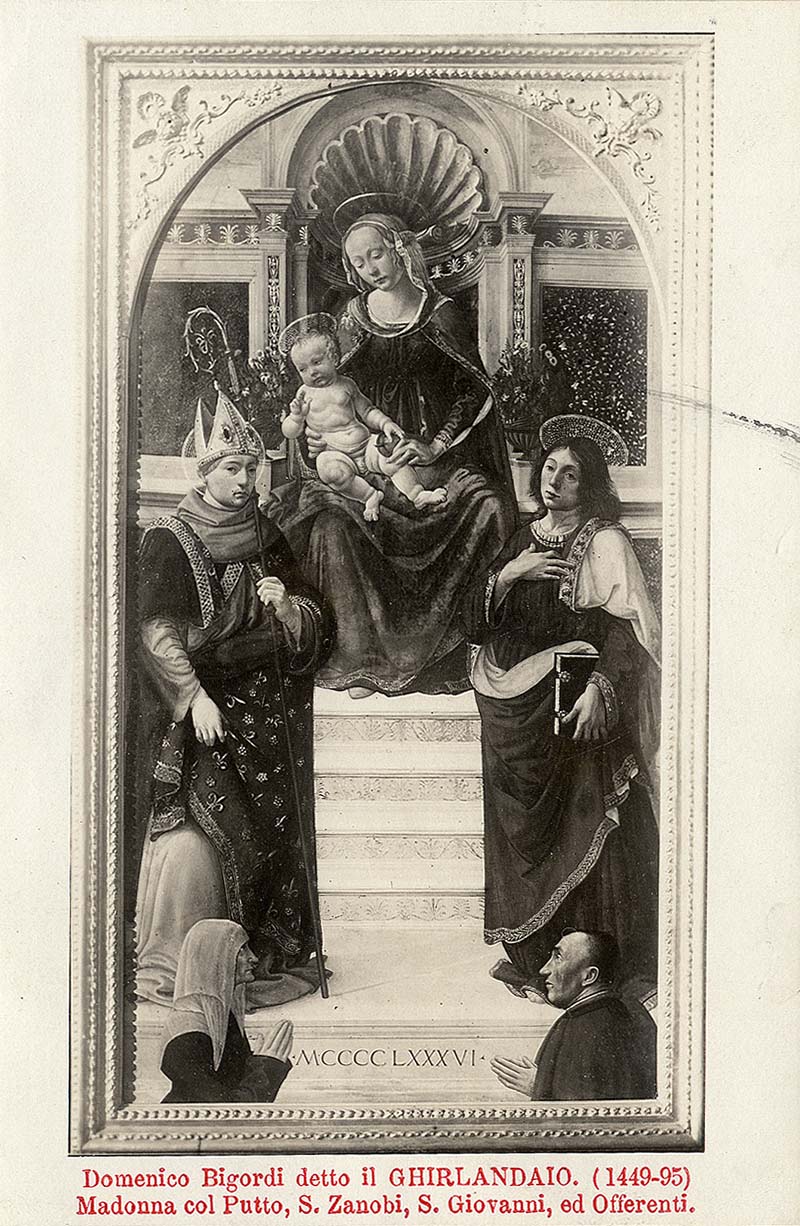During this past year at the Center, I have continued my archival research in European art dealing, a phenomenon distinguished from patronage, at the turn of the last century in the Western Hemisphere. Based on a diverse body of unpublished material from the Zentralarchiv at the Staatliche Museen zu Berlin, my research has focused on Wilhelm von Bode (1845–1929) and his lifelong influence as a major player in the international art market. Spanning four decades, from the 1880s to the 1920s, the archival sources bring to light unknown connections between the German scholar and two Italian collectors active at the end of the 19th century. Drawing from this evidence and building upon the most recent studies on networks of renowned dealers and collectors working with Bode, my analysis suggests that at the root of Bode’s success was his ability to approach the art system both horizontally (through museums, government officials, and academia) as well as vertically (from high-end collectors and world-class dealers to local shop owners and amateurs). In moving the discussion to the peripheral centers of trade, most notably Carpi in the province of Modena, the research brings to bear the constant tension between domestic and international forces and between private and public property. This friction innervated the art market on the Italian Peninsula and beyond during the birth of the nation-states, while addressing the rise of nationalism in Europe—a driving force behind the development of large, national, public collections with repercussions in the making and writing of art history.
The manuscript is in the last stage of the editorial process and will be published in 2022 in the volume Wilhelm von Bode and the Art Market, edited by Joanna Smalcerz.

